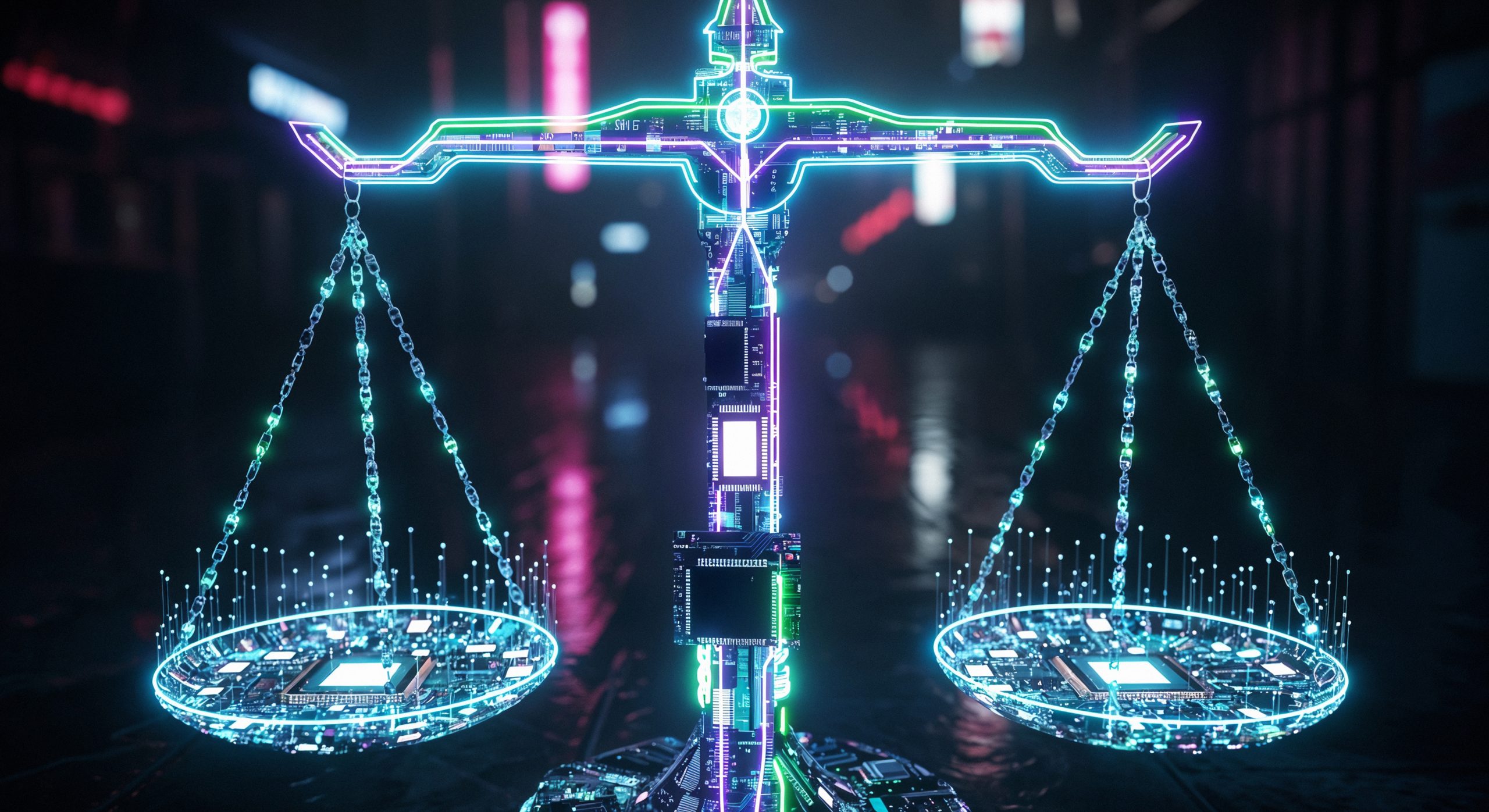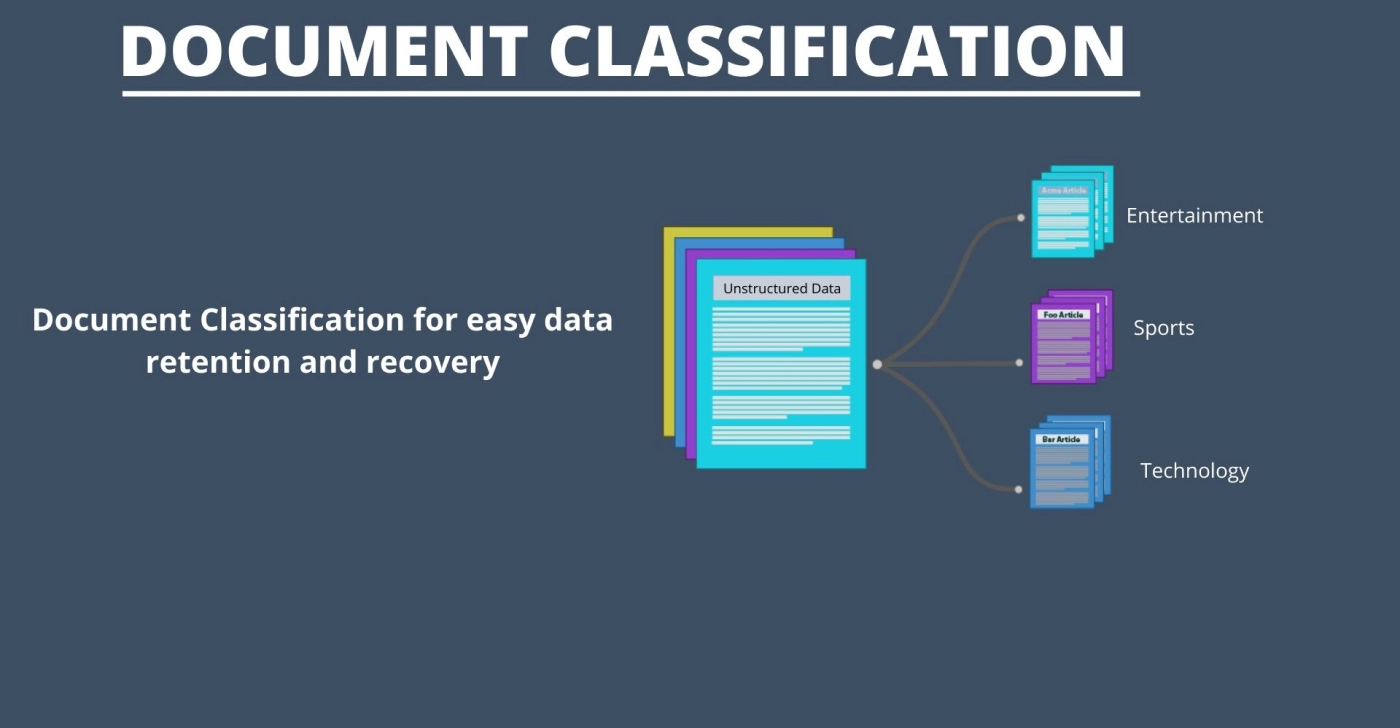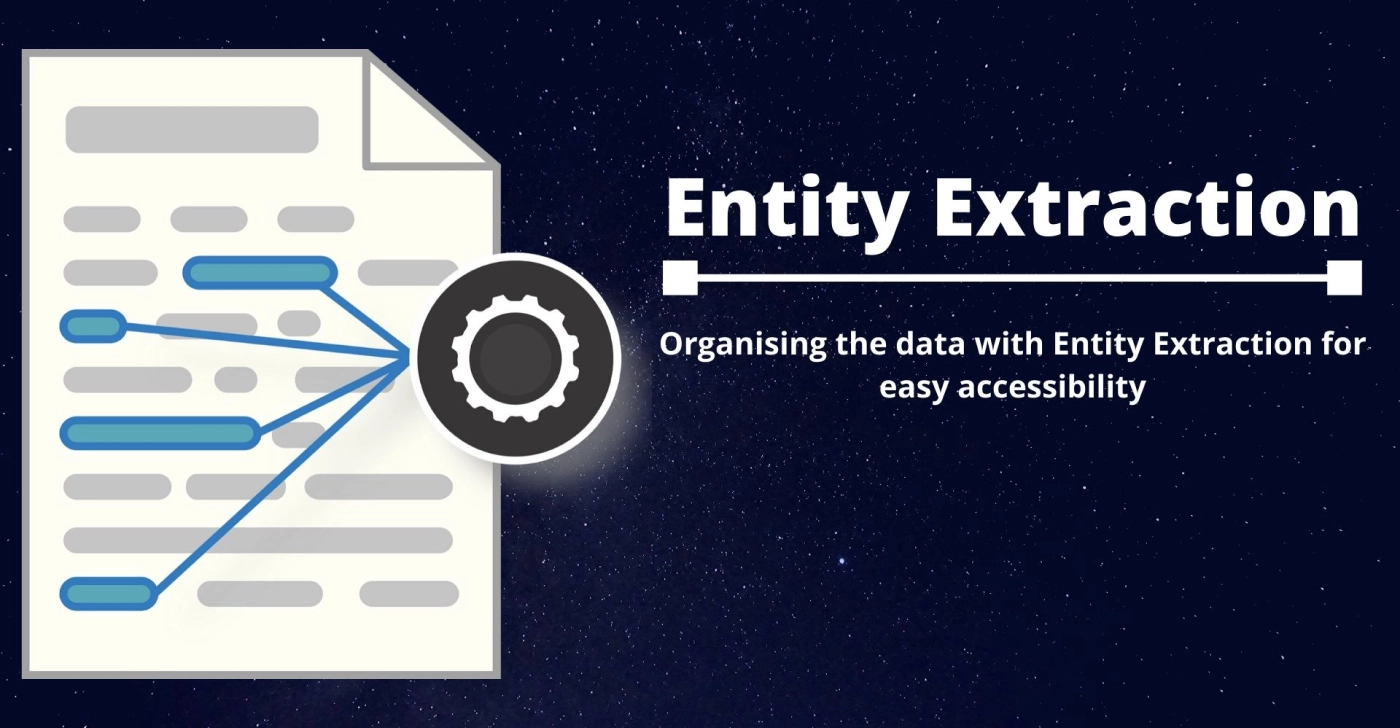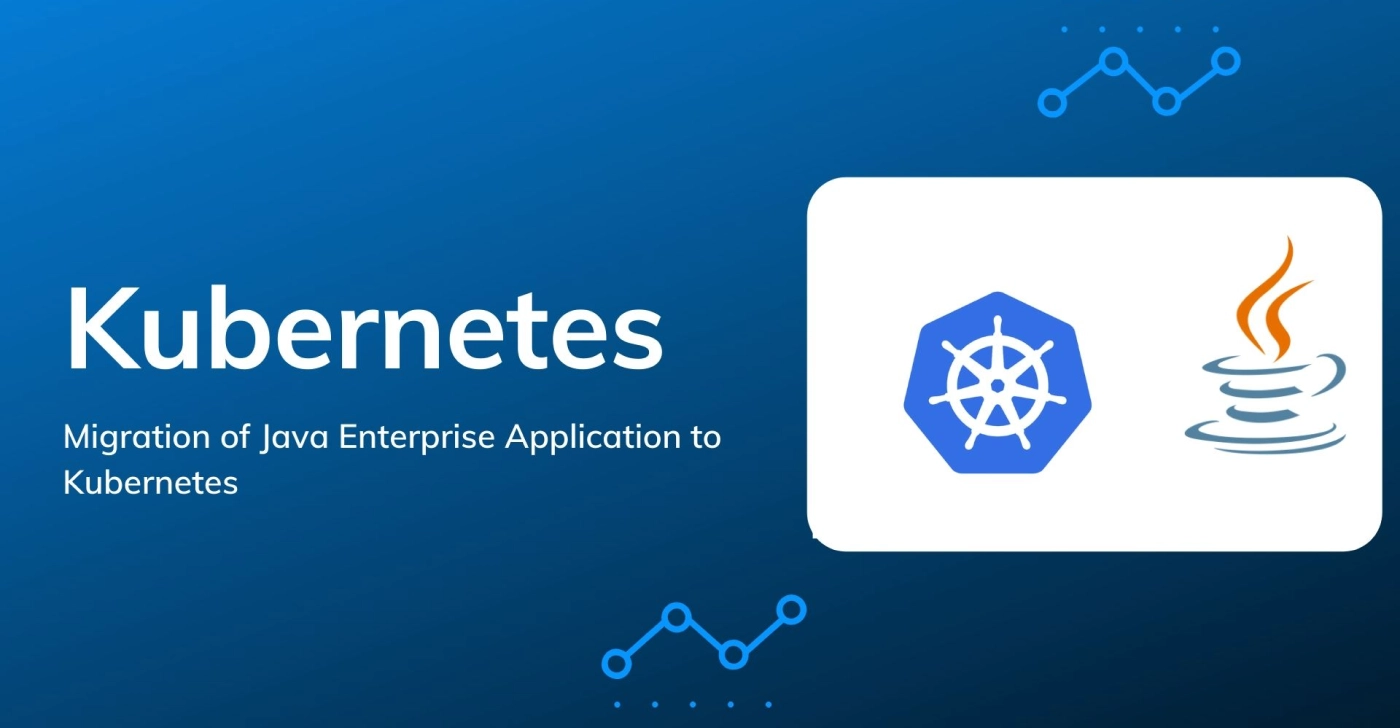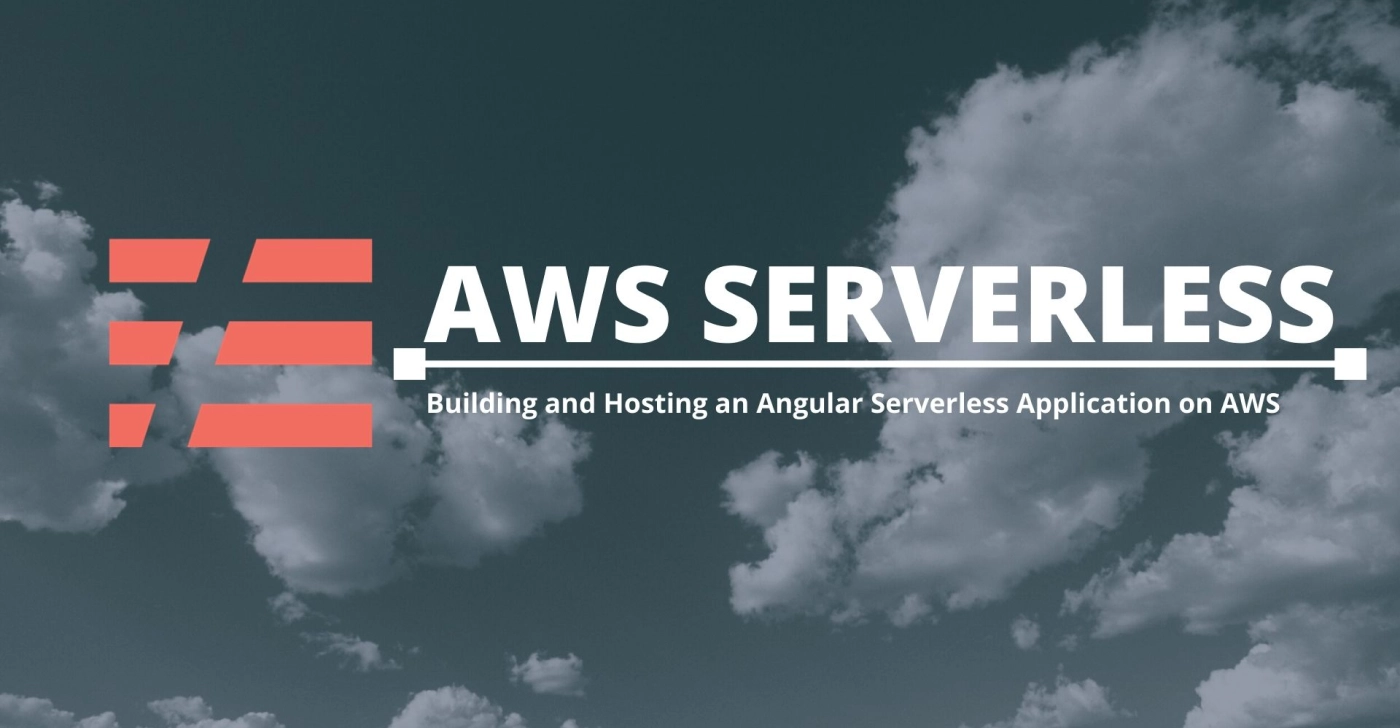| Industry | Virtual Reality/Extended Reality, Training & Development, EdTech |
| Features | Remote assistance, Content Management, Multitenancy, User Management, Device Management, User training & support. |
| Technologies | React, JavaScript, Node.js, Socket.io, HTML/CSS |
| Infrastructure | AWS ECR for docket images, AWS ECS Fargate for running the socket server, AWS CloudFront, AWS S3 for running frontend, Docker for containerisation |
Introduction
Our client is a leading provider of cutting-edge Extended Reality (XR) solutions, dedicated to empowering human potential and revolutionizing training efficiency through immersive experiences. Operating across Virtual Reality (VR), Augmented Reality (AR), and Mixed Reality (MR) technologies, they focus on enhancing enterprise training and development with next-generation immersive tools.
To address unique challenges in enterprise XR training, the client sought an innovative Remote Assistance in Extended Reality platform. The solution needed to ensure strict protections around security and data privacy, while also delivering low latency, high performance, and scalable architecture. In addition, it had to balance accuracy with power conservation, manage data effectively, and most importantly, provide a seamless and user-friendly experience for all stakeholders. By adopting Augmented Reality remote assistance, the client aimed to transform real-time collaboration and support, creating a future-ready XR training ecosystem.
Client Profile
The client offers the latest end-to-end enterprise extended reality (XR) solutions to boost human potential and improve training efficiency. They operate in the extended reality (XR) industry which encompasses various immersive technologies, including virtual reality (VR), augmented reality (AR), and mixed reality (MR). Their focus is to use XR technologies in Training & development to improve flexibility and training effectiveness in a fully immersive medium.
Challenges
While using the platform, the client wanted to ensure below things to give best user experience:
- Delivering consistent and reliable internet access for both trainers and device users during live remote sessions
- Ensuring the security and privacy of sensitive data and activities, critical for Augmented Reality remote assistance
- Seamless operation of the screen casting algorithm across diverse device types
- Achieving low-latency, high-performance interactions for real-time collaboration
- Scalability to handle many concurrent connections and data streams without degradation
- Balancing data accuracy needs with battery life conservation on devices
- Efficient management of data storage, retrieval, and archival
- Providing a robust, user-friendly experience for trainers and device users alike
Technical Solution
Our architecture enhances scalability and efficiency for the Remote Assistance in Extended Reality platform while guaranteeing frontend responsiveness. The pairing of Docker containerization and AWS ECS Fargate ensures simple deployment and elastic scaling of backend services. React JS and Socket.io provide a real-time, interactive frontend experience linking trainers and users.
-
Remote Assistance Server
– For the remote assistance server, we opted for Node.js with Socket.io, a real-time communication library.
-
Room-based Communication
– To facilitate group interactions, we leveraged the “rooms” feature provided by Socket.io. This feature efficiently connects users within the same group to their respective trainers, enhancing collaboration and coordination.
-
Frontend Development
– Our frontend is developed using React JS, providing an intuitive and responsive user interface. It establishes connections with the server through Socket.io, allowing users to send and receive commands within their designated rooms.
-
Hosting and Distribution
– To ensure high availability and low-latency content delivery, we host the frontend on an Amazon S3 Bucket and distribute it via Amazon CloudFront.
-
Remote Assistance Server Deployment
– For the remote assistance server, we adopted containerization.
– We dockerised the server, created a container image, and stored it in Amazon Elastic Container Registry (ECR).
– This image is then deployed on Amazon Elastic Container Service (ECS) with Fargate, providing efficient resource management and scalability.
Technical Stack
- Technologies: React, JavaScript, Node.js, Socket.io, HTML/CSS
- Infrastructure: AWS ECR for docket images, AWS ECS Fargate for running the socket server, AWS CloudFront, AWS S3 for running frontend, Docker for containerisation
Architecture Diagrams

Results/Business Benefits
- Substantially reduced connectivity issues ensuring reliable XR remote assistance sessions
- Elevated security and strong user privacy controls over sensitive data flow
- Broad compatibility with a variety of device types ensures access anywhere, anytime
- Low latency, high-performance real-time communications for immersive training and support
- Scalability that gracefully handles increases in user volume and session concurrency
- Optimized battery consumption prolongs mobile device usability during extended sessions
- Efficient data handling improves archival and retrieval processes
- Provides a smooth and user-friendly platform experience boosting trainer and user satisfaction
Conclusion
We employed a cutting-edge technical approach to overcome the unique challenges our client faced in enterprise training. Our architecture strategy ensures reliable performance and constant availability of the front end, while enhancing the overall effectiveness and scalability of the Remote Assistance in Extended Reality platform.
A seamless deployment model was implemented using containerization and Amazon ECS with Fargate, enabling effortless scaling of server infrastructure. To further strengthen the platform, React JS and Socket.io were integrated to deliver real-time, responsive communication between trainers and device users—taking the user experience to unprecedented levels.
With these safeguards in place, the solution not only upholds the highest standards of security, efficiency, and usability but also ensures adaptability to evolving client needs. The Remote Assistance in Extended Reality platform effectively addresses critical enterprise XR training requirements by combining robust security, scalable infrastructure, and enhanced real-time collaboration. This innovation sets a new benchmark in Augmented Reality remote assistance, transforming immersive training and empowering enterprises to unlock the full potential of Extended Reality (XR) solutions.

